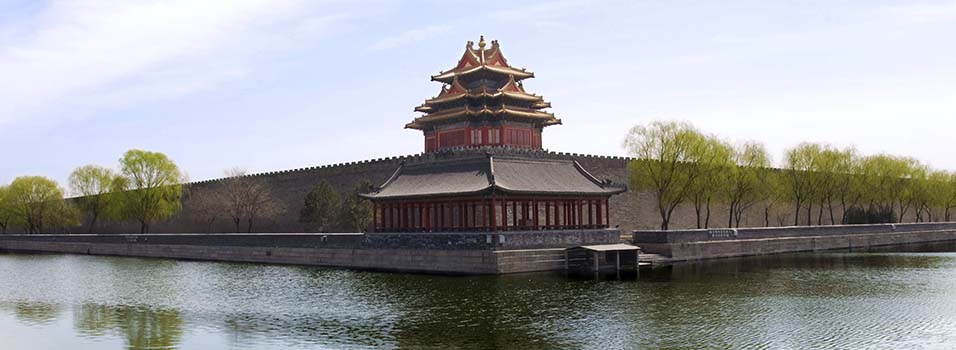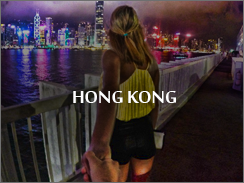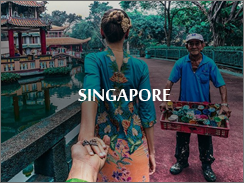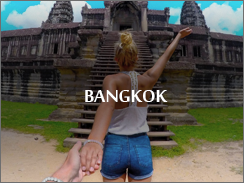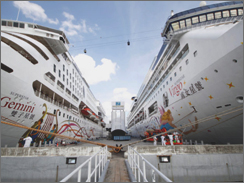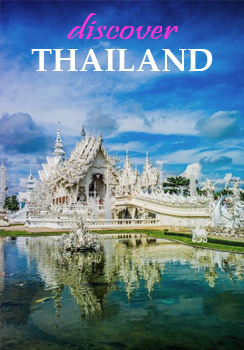Travel: The mysteries of China's Forbidden City
Beautiful, enchanting and mysterious - that's how one would describe China's Forbidden City.
This popular locale is now a museum and swarming with tourists, but once upon a time, it was forbidden to all but the Chinese royalty. Anyone who dared enter the premises would risk losing their heads.
The Purple Forbidden City, called Gu Gong in Mandarin, was once the seat of supreme power in China. It was home to 24 emperors of the Ming and Qing dynasties - spanning over 600 years.
Interestingly, its architecture has an astronomical significance.
The ancient Chinese believed that the emperor was born to be the centre of the universe. While the son of heaven resided in the North Star, his counterpart on earth - the emperor - resided in the Forbidden City, which is at the heart of Beijing.
"The whole palace context is built along a central axis, the axis of the world," said University of Sydney professor Jeffrey Riegel in a 2008 BBC/History Channel documentary, "everything in the four directions suspend from this central point represented by these palaces."
The construction of the Forbidden City began in 1406 during the reign of the powerful Yongle emperor of the Ming Dynasty. Over a million laborers toiled night and day to build the 178-acre masterpiece.
The raw materials used for building this magnificent abode was quite exotic. Marbles, bricks and logs from the rare Phoebe zhennan trees were ferried to Beijing.
The Forbidden City had secret tunnels and hiding spots to protect the emperor and his family. A guard was posted at every corner of the palace to look out for assassins and enemies.
The Imperial Garden, situated in the north of the palace, is a sight to behold. The Imperial Garden was used by the Chinese imperial family to relax, meditate and play chess.
This green haven houses rare varieties of flowers, plants and more than 160 ancient trees, including Cypresses and Chinese wisteria. Pebbles of different shapes and sizes adorn the pavement, forming over 900 unique patterns.
Three great halls occupy the majestic imperial palace.
The Hall of Supreme Harmony was built in the 15th century. It was restored in the 17th century. This hall was used for special occasions such as coronations, emperor's birthday celebrations, nomination of military leaders and other grand ceremonies.
Behind the Hall of Supreme Harmony is the Hall of Middle Harmony, the emperor's transit lounge. Here, the emperor would receive ministers for consultation and rehearse speeches. Two Qing-dynasty sedan chairs is on display at this hall.
The third of the Great Halls is the Hall of Preserving Harmony. This space was used for banquets. On the 250-tonne marble imperial carriageway, dragons and clouds adorned the ground.
The last emperor of China, Puyi, continued to live in the Forbidden City for twelve years after he abdicated the throne in 1912. Today, the Forbidden City is a museum and houses rare and ancient Chinese artifacts.
The 1987 movie 'The Last Emperor' was filmed in the Forbidden City. It won nine Academy Awards, including Best Picture and Best Director. If you are planning a trip to the Forbidden City, it'd be a good idea to watch this movie.

